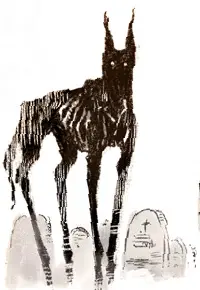- cross-posted to:
- collapse@lemm.ee
- collapse@sopuli.xyz
- cross-posted to:
- collapse@lemm.ee
- collapse@sopuli.xyz
England has suffered its second worst harvest on record – with fears growing for next year – after heavy rain last winter hit production of key crops including wheat and oats.
The cold, damp weather, stretching from last autumn through this spring and early summer, has hit the rapidly developing UK wine industry particularly hard, with producers saying harvests are down by between 75% and a third, depending on the region.
On staple crops, England’s wheat haul is estimated to be 10m tonnes, or 21%, down on 2023, according to analysis of the latest government data by the Energy and Climate Intelligence Unit (ECIU).
Winter barley was 26% down on last year, and the winter oilseed rape harvest was down 32%, in data released by the Department for Environment Food and Rural Affairs on Thursday.
The ECIU estimates that farmers could lose £600m on five key crops – wheat, winter and spring barley, oats and oilseed rape – where production was down 15% in total…
Worth noting that lower UK production, either caused by climate change such as the article talks about, or farmers either turning over fields to non farming uses such as solar or housing as farming is no longer profitable for them, means increased inflation for food. It also means we are less resilient to further food inflation if other countries have their own climate changed farming issues as we saw a little while ago.
Failure to invest in farming now means small savings today but higher food prices tomorrow.
It’ll be interesting to know the level of impact of turning arable land over to solar farms.
Installing solar over fields increases their yield.
Can
An important missed word.
Issue is it depends on building them correctly with production of crops being the priority over production of power.
Issue is UK farmers have been penalised due to loss of government funding. So profiting from crops has been bloody hard for a few years now.
This means the few solar plants being built in the UK on arable land,are generally renting fields farmers have stopped using for crops.
There’s only 1,336 operational solar farms as of Sep 2024… So would be marginal at best. Certainly generating a lot less CO2 than if the land was developed into anything else.
Also how many of those are on actual arable land. I’ve seen animal fields add solar not sure how many actually usable fields are being converted.
Most of the fields that solar is put in are not land that is massively productive in other ways. You would not want to replace economically productive land with something else when you have a perfectly good unproductive field sitting right by it. The thing about the sun is that it’s pretty much equal everywhere.
There’s a farm near me that has solar panels and the only thing I’ve ever seen in those fields is grass. Checking back on Google Earth I’m looking at photos from as far back as 2003, I can’t see any crops ever been in there. The only animals I’ve ever seen in there are sheep which tend to be perfectly happy on just grass but pretty much all other cattle require higher quality soils.




